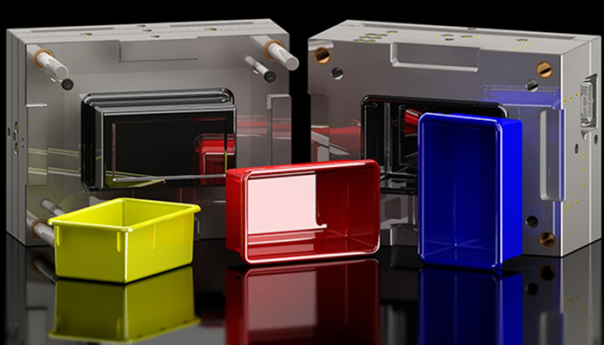射出成形部品: 製造ニーズに対応する高品質の部品
Injection molding is a widely used manufacturing process that involves injecting molten material into a mold to produce a wide range of products. This process is commonly used in the production of plastic parts, but it can also be used for the production of metal, ceramic, and composite parts. Injection molding parts are commonly used in the automotive, aerospace, medical, and consumer goods industries, among others.
One of the main advantages of injection molding is its ability to produce high-quality components with consistent dimensions and properties. This is due to the fact that the injection molding process is highly automated and can be precisely controlled to ensure that each part is made to exact specifications. Additionally, injection molding allows for the use of a wide range of materials, including thermoplastics, thermosetting plastics, and elastomers, which can be tailored to meet specific requirements.
Injection molding parts can be produced in a wide range of sizes and shapes, from small medical devices to large automotive components. The design of the mold is critical to the success of the injection molding process, as it determines the shape and features of the final product. The mold must be designed to allow for proper flow of the molten material, as well as cooling and ejection of the finished part.
In addition to the design of the mold, the choice of material is also important in the injection molding process. The material must be able to flow easily through the mold and solidify quickly, while also maintaining the desired properties of the final product. Common materials used in injection molding include ABS, nylon, polycarbonate, polyethylene, and polypropylene.

Once the mold is designed and the material is chosen, the injection molding process can begin. The material is heated until it reaches its melting point, and then injected into the mold under high pressure. The mold is then cooled, and the finished part is ejected from the mold.
Injection molding parts are commonly used in a wide range of applications, including automotive components, medical devices, electronic enclosures, and consumer goods. These parts can be produced with high precision and consistency, making them ideal for use in products where reliability and quality are critical.
Overall, injection molding is a versatile and efficient manufacturing process that can produce high-quality components at a relatively low cost. With the ability to produce parts in a wide range of sizes, shapes, and materials, injection molding is an essential process for many industries and applications.
-
Purchasing Large Plastic Mold Services: Streamlining Your Manufacturing Process
2023-8-24
Introduction: Manufacturing companies are constantly looking for ways to improve their processes and increase efficiency...
詳細を見る -
How are precision moulds made?
2024-12-3
In the vast field of manufacturing, precision moulds play a vital role. Not only are they key tools in the production of...
詳細を見る -
Creating Precision Parts with Injection Molding
2023-4-15
Creating Precision Parts with Injection Molding Injection molding is widely used in the manufacturing industry to produc...
詳細を見る -
Transforming the Manufacturing Industry with Industrial Mold Technology
2023-5-12
The manufacturing industry has undergone significant changes in the past few decades, thanks to advancements in technolo...
詳細を見る -
How to control the cost of Injection Mold?
2024-4-15
In the fierce competition in the manufacturing industry, cost control of injection molds is particularly important. Effe...
詳細を見る -
Injection Moulding Cost: Factors Affecting Pricing and Cost Analysis
2023-7-1
Injection moulding is a widely-used manufacturing process for producing plastic parts in large quantities. It offers sev...
詳細を見る







